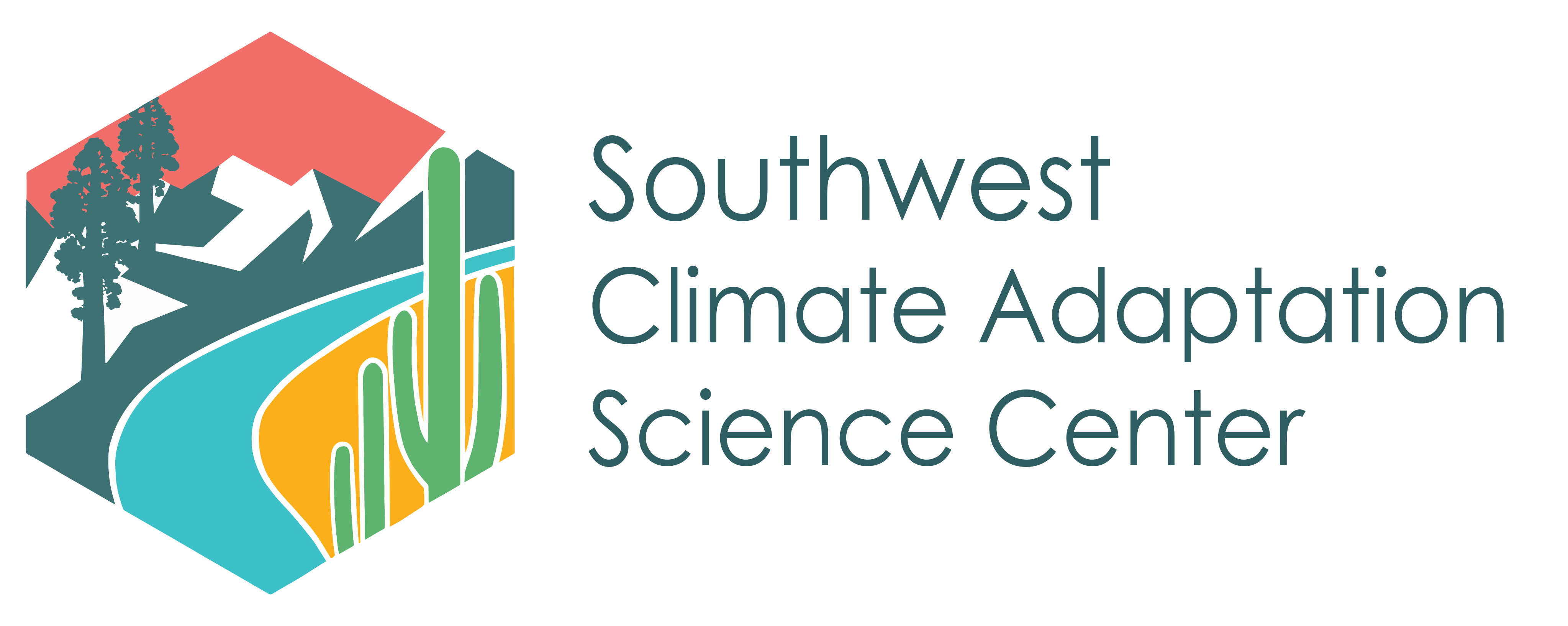The Rise of Mountain-Topping Fires

Creative Commons user: Eddiem360
As northern California has its first fall rain and temperatures cool down, it is time to reflect on the 2021 fire season and to put it in perspective with respect to climate change. With the second driest year in California history, we might have expected to have a fire season that was as severe as 2020. The 2.5 million acres burned so far in 2021 falls squarely in between the astounding 4 million acres that burned in 2020 and the five-year running average of just over 1 million acres a year, as reported by CalFire. With respect to changing climates and changing wildfire conditions, 2020 taught us three lessons. First, the pattern of increasing wildfire acreage is inexorably trending up. The six million acres burned over the past two years is unprecedented in the age of tracking fire statistics and contributes significantly to an upward trend in total acres burned. However, we aren’t seeing the signal in more fires so much as larger fires.
Second, there is a trend toward an increase in high severity fire. The consequence is that more of the area burned results in total mortality among the tree canopy, often over large areas, prompting agencies to respond with emergency reforestation plans. One of the areas that we have been working on at the SW CASC and the USDA California Climate Hub is in developing tools to help land managers apply climate-smart approaches to replanting large areas damaged by fire.
The final, and possibly most alarming, issue observed in the 2021 fires is how the increasing elevation of fire has made the job of controlling wildfire so much more difficult. Most of the increase in 2021 fire acres over the five-year average can be attributed to a single fire; the Dixie fire. At nearly 1 million acres the Dixie fire is the largest, single-ignition fire in California history. Part of what made the Dixie fire so hard to control was that it continued to burn upslope and over the crest of the Cascades. This is similar to 2020 when both the August and LNU Complex fires overtopped the coast range in places and started working down the other side. Firefighting has often relied on the slope itself as a partner in wildfire control. As fires burn upslope in the mountains they experience cooler weather, moister conditions and fewer fuels. Firefighters can often concentrate on the wildland-urban interface and allow fires to burn themselves out as they increase in elevation.
This strategy does not work well in the coast range as these mountains are not tall enough to get above timberline in most places. Similarly, the lower Cascades can be largely vegetated through the passes and over to the east side. This was also true of the Caldor fire in 2021, which burned upslope and threatened the communities around South Lake Tahoe. Yet, all of these regions have experienced wildfires before. Wildfire is not new to the Coast Range, Cascades or northern Sierra Nevadas. Yet, all seven of California’s largest fires have been since 2018 and all have shared the common feature of going up and over the tops of their mountain ranges. To me, this speaks to the issue of increasing aridity, along with more fuels at higher elevations, fostering the capacity for high elevation fire. I find this deeply disturbing for two reasons. First, it means that firefighting will be much more difficult and expensive for the foreseeable future. Second, it means that the historical fire return intervals of 50-200 years at these high elevation forests are now likely to be well exceeded, resulting in likely rapid ecological shifts in forest community composition. Some of our most high profile endangered species (California spotted owl, Pacific fisher) are found at higher elevations along the zone where these increased fire frequencies and increased severity may make it very challenging to retain a sufficient number of high density mature forest stands, which these species require. So, while the 2021 fire season, with the exception of the Dixie fire, seemed an unexceptional year, it still contributed to the growing trend of high-elevation fire, which is an alarming harbinger of ecosystem change that many of us in California are not prepared for.

